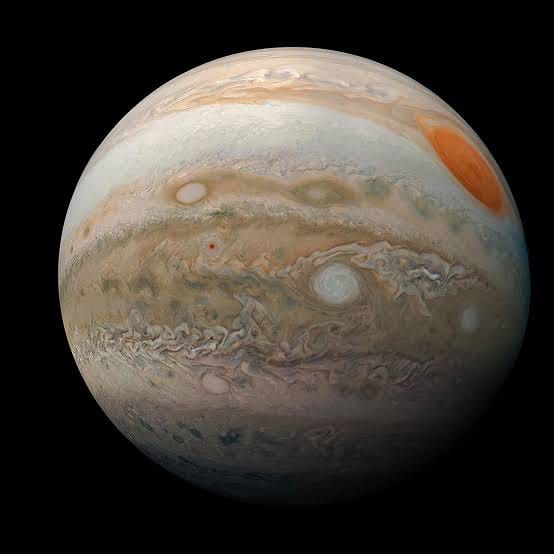
Pakyong, November 01 : Did you happen to notice a brilliant celestial companion next to the Moon? Well, it’s not quite what it may seem at first glance.
This celestial spectacle comes in the form of a dazzling “star” that graces the night sky alongside the Moon. However, this celestial body isn’t a star at all; it’s the magnificent planet Jupiter.
Jupiter, the largest member of our solar system, is currently at its most spectacular phase, visible from 17:49 pm.

This is because Jupiter is in opposition, meaning it is directly across from the Sun in our sky, making it prominently visible throughout most of the night – a prime time for stargazing.
With its colossal size, boasting a mass approximately 318 times that of Earth and a volume over 1,320 times greater, Jupiter’s brilliance in the night sky is nothing short of awe-inspiring.
This gas giant, primarily composed of hydrogen and helium, is also known for its incredible speed of rotation. Jupiter completes a full rotation on its axis in approximately just ten hours, earning the title of the fastest spinner in our solar system and the shortest solar day of all the planets.

Jupiter reaches opposition about once every 399 days or roughly 13 months. This year, on November 3, 2023, Jupiter will be at its closest point to Earth, enhancing its visibility and making it shine even brighter in the night sky.
The fantastic part is that you don’t necessarily need a telescope to witness Jupiter’s splendor; it’s visible to the naked eye. However, if you have a decent pair of binoculars, you’re in for a treat. You’ll be able to spot Jupiter’s four large moons, first discovered by Galileo in 1610, adding another layer of intrigue to the celestial show.
Despite its proximity during opposition, Jupiter remains incredibly distant. Its tropical year, which is the time it takes to orbit the Sun, spans about 4,331 Earth days, which is just under 12 Earth years. This vast distance and leisurely orbit make the current opposition of Jupiter a truly unique and captivating astronomical event.
As we approach the peak brightness of Jupiter on November 3, both novice and seasoned stargazers are gearing up to not only gaze at this magnificent planet but also to glean scientific insights from the wonders of the night sky.






